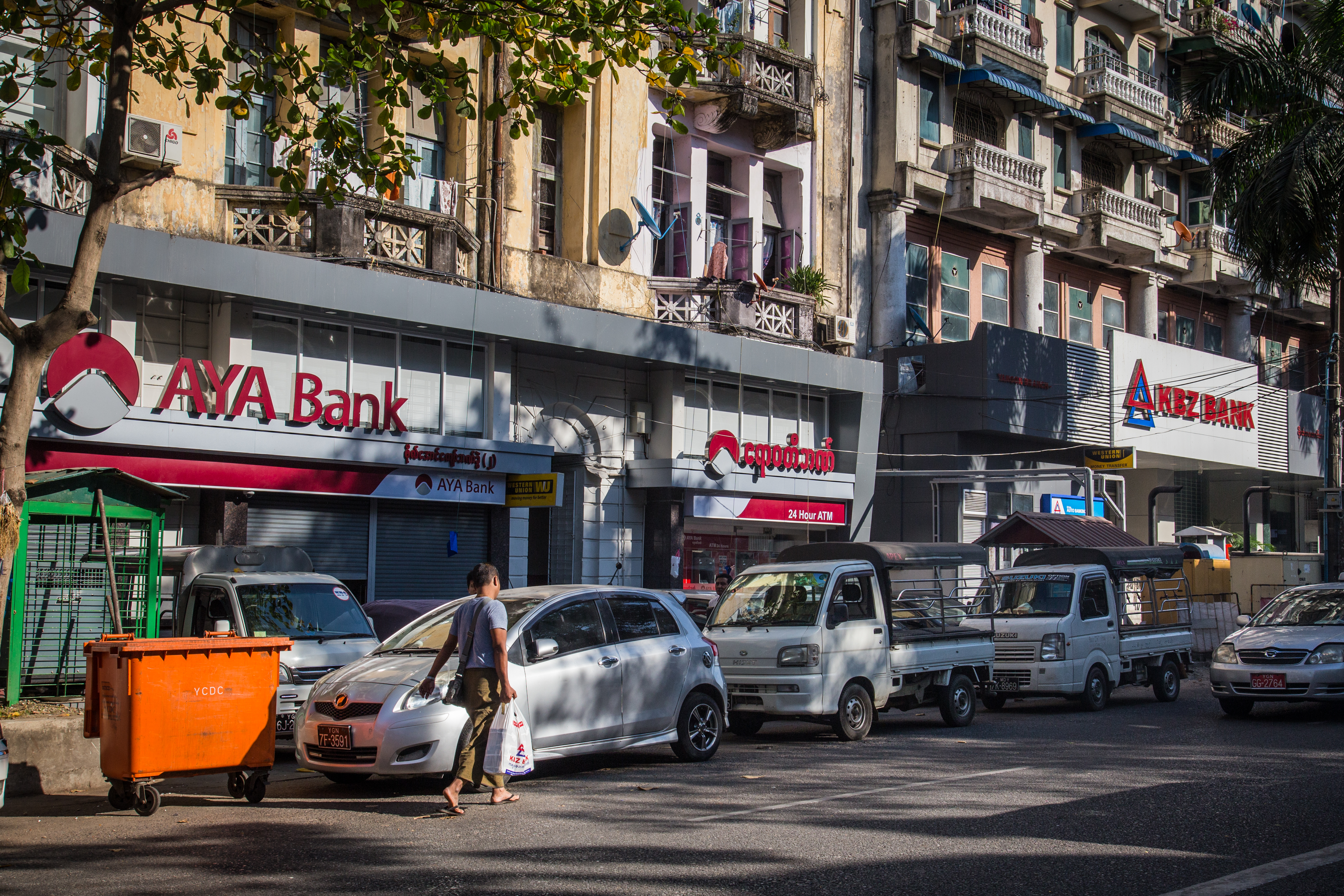Myanmar: Banks to convert overdrafts to term loans to reduce lending risk
The Central Bank of Myanmar (CBM) has released a slew of new rules aimed at managing local banks’ exposure to non-performing loans as risks rise in the financial sector.
According to a November CBM directive, banks must convert all their outstanding overdrafts as at July 7, 2017, into term loans with a maximum maturity of up to three years, by March 31, 2018. The banks must also submit a term loan management framework approved by the board of directors to the CBM.
“The point is to keep a record of the total bank overdrafts in the country and reduce them. The CBM also wants to investigate the extent at which the loans are being provided to customers,” one CBM official said.
Additionally, the CBM also said all overdraft facilities to a borrower in excess of current large exposure limits shall be reduced to within the prudential limits, in accordance with its Large Exposures Regulations.
Furthermore, banks will have to submit a list of all overdraft facilities totaling a minimum of K5 billion or 10 percent of core capital, whichever is lower, and indicate whether each of those overdrafts are non-performing or not.
The banks will also have to describe whether any of the non-performing loans on their books are extended to related parties and if so, describe their relationship.
“By right, banks must not lend to the board of directors and their family members. But some banks are still doing so. This is not healthy risk management practice for a bank. As such, the CBM may want to reduce such lending to related parties,” said U San Thein, leading financial developer at GIZ.
Not all overdraft facilities should be converted into loans though. Those that are expected to be unrecoverable should not be converted, according to the directive. “For such overdrafts, which are described in the directive, the banks will have to following the usual procedures to recover the funds, such as filing a civil suit,” said U Pe Myint, advisor to the president of Co-operative Bank.
Banking reform
Ultimately, the CBM’s aim is for the total volume of overdraft facilities to be reduced to 50percent of the banks’ total outstanding loan portfolio as of July 6, 2018, 30pc as of July 6, 2019 and 20pc as of July 6, 2020.
Earlier this month, officials and bankers told Reuters that around 70 percent of Myanmar’s$9 billion lending pool is in the form of overdrafts, which are rolled-over indefinitely. That has contributed to the jump in Myanmar’s total loan book to 55pc of its GDP in 2016 compared to just 15pc in 2011.
As such, the move by the CBM represents an attempt to force Myanmar’s banks to better manage their exposure to risky loans, given that the banking system is still poorly regulated compared to international banks’.
Indeed, while the country’s banks regularly report non-performing loan ratios of 5pc-6pc of total loans, CBM deputy governor Soe Thein told Reuters that the figures given are “lower than the real situation” and that the central bank stills needs to evaluate the magnitude of the sector’s non-performing loans.
Some bank officials say they welcome the move. “Overdrafts have become a means to credit in Myanmar. It is not good practice and not up to international standards. The banking sector should welcome this move by the CBM,” said U Than Lwin, senior advisor at Kanbawza Bank and former vice governor of the CBM.

Myanmar’s total loan book to 55pc of its GDP in 2016 compared to just 15pc in 2011. Photo: Aung Myin Ye Zaw
In international banking, overdrafts are treated as short-term loans for which both principal and interest shall be payable within three months. “In Myanmar, overdrafts are open-ended for at least one year. This has become standard practice since 10 years ago, when banks were set up to compete with each other. It is good to change this habit. Converting overdrafts into term loans is good both for bankers and borrowers.” U Than Lwin said.
Still, bank officials anticipate difficulties in converting the necessary overdrafts to term loans on time. “We have to comply before March 31, 2018. It will be difficult for the banks to prepare and submit before that date,” said U Pe Myint.
The November directive also comes after the CBM said in September that it would allow non-collateral loans in a bid to ease restrictions limiting loans to only those who could provide guarantees in the form of land or property. In his interview with Reuters, U Soe Thein did not provide a timeframe for when this would be approved though.
However, he did say that the CBM is planning to raise the maximum lending rate to 16pc from 13pc currently so that banks would be more willing to extend higher risk loans.
Source: https://www.mmtimes.com/news/banks-convert-overdrafts-term-loans-reduce-lending-risk.html


 English
English




